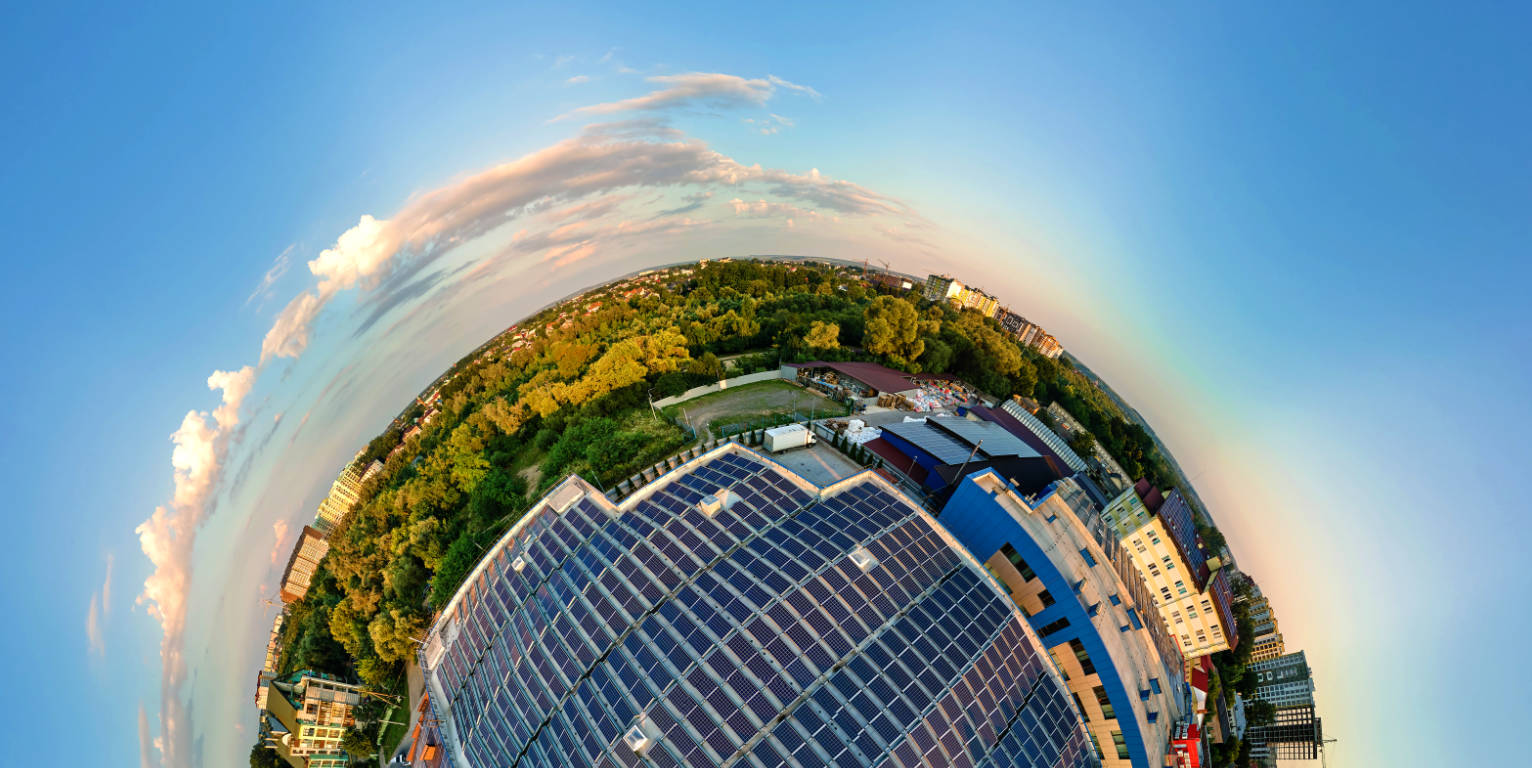We now hear widespread talk of industry 5.0, but what is it about? Is phase 4.0 already finished? Are we facing a new industrial revolution?
We begin the reflection by answering the last question. Industry 5.0 must not be understood as a new industrial revolution in the strict sense, but rather as a course correction to overcome the limits of Industry 4.0. In fact, Industry 5.0 was born to include the resolution of socio-environmental problems, left out by the fourth industrial revolution, such as the increase in inequalities, pollution, threats to fundamental human rights and to democracy.
The report of the European Commission
The title “Industry 5.0” spread thanks to the report that the European Commission published in January 2021, accompanied by the subtitle “Towards a sustainable, human-centric and resilient European industry”. According to this meaning, “the power of industry to achieve social goals beyond jobs and growth, to become a resilient provider of prosperity, by making production respect the boundaries of our planet and placing the wellbeing of the industry wirker at the centre of the production process”.
Towards a solid collaborative industry
Industry 5.0 is above all a collaborative industry, i.e. a business model based on man-machine collaboration, and characterized, as anticipated, by a human-centric, sustainable and resilient spirit. This paradigm places technology at the service of the quality of life of citizens and workers, developing a more attentive approach to rights such as privacy, autonomy and human dignity. Furthermore, this industrial model underlines how technology must adapt to the needs of workers, guiding and training them; contrary to what occurred during the 4.0 phase, which focused on enabling technologies in terms of efficiency and productivity.
Focus on sustainability
In terms of sustainability, Industry 5.0 guarantees the needs of current generations without compromising those of future ones. This mission is achieved through the reuse and recycling of natural resources, the use of renewable energies, the optimization of energy consumption and emissions and the development of circular processes. In this context, technologies (digital twins, rapid prototyping, IoT, smart home/ factory/ city, data analytics and cloud) must support each phase of the product or service life cycle in order to reduce the environmental impact.
A resilient system
Lastly, Industry 5.0 is characterized by its resilience, i.e. its ability to react to sudden changes, even traumatic ones, without having permanent consequences. This quality requires an adaptable production capacity and flexible commercial processes, useful for guaranteeing products and services even in the event of pandemics, natural disasters and geopolitical changes.
A human-centric model
We could therefore conclude that the Industry 5.0 paradigm represents, above all, a cultural revolution, thanks to which the worker is rightly considered as an investment, and is therefore trained, empowered and involved in the design of new industrial technologies, and at the same time relieved of the most repetitive and dangerous tasks. Indeed, Industry 5.0 aims to use new technologies to make work environments safer and more inclusive and to help operators better manage the risks of burnout.
The long-term competitiveness of the European industrial sector will depend on the conviction with which companies adhere to this model. How will Italian industry respond to the stimulus of Industry 5.0?
Sources: industry4business.it, exposave.com


